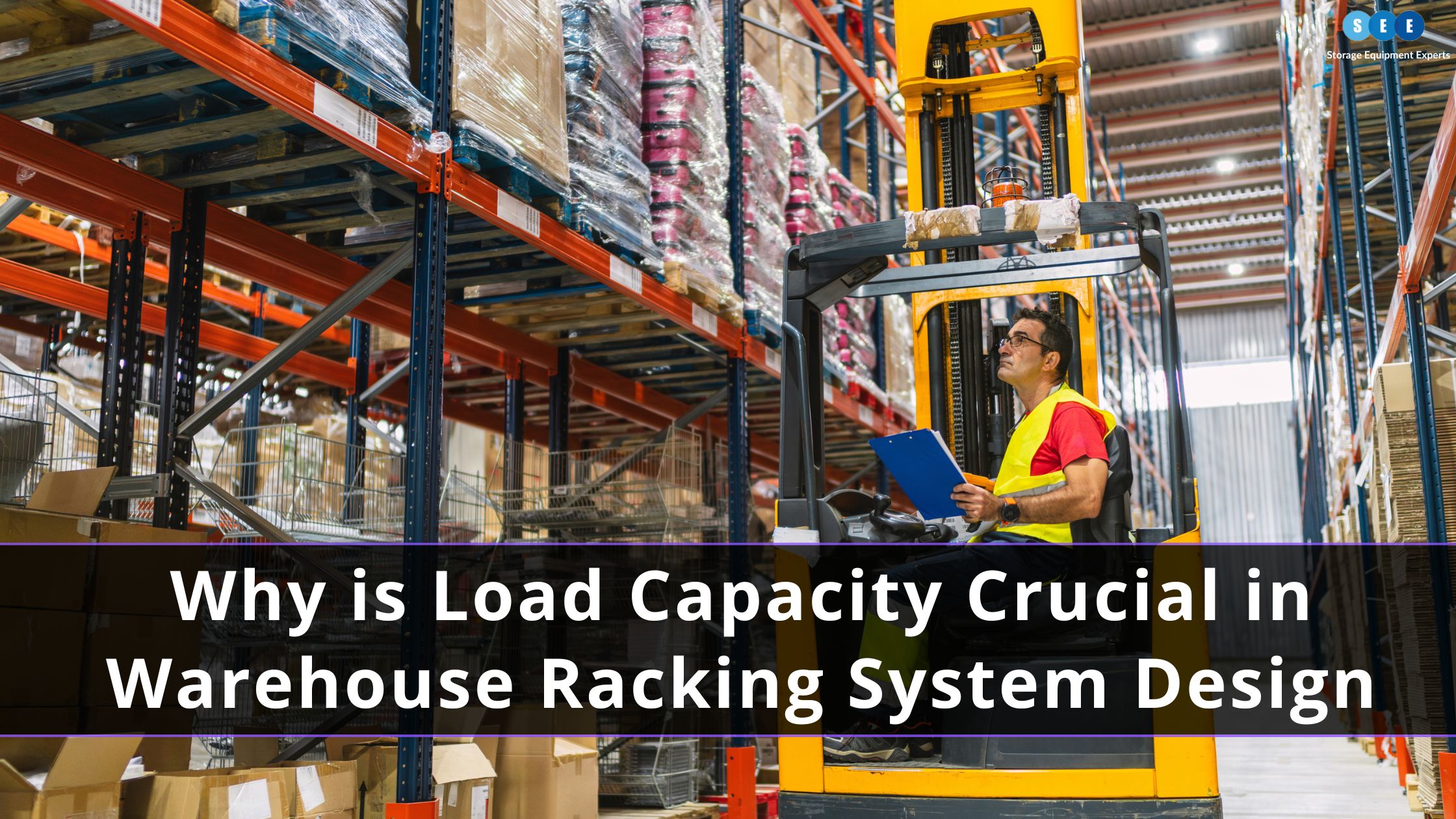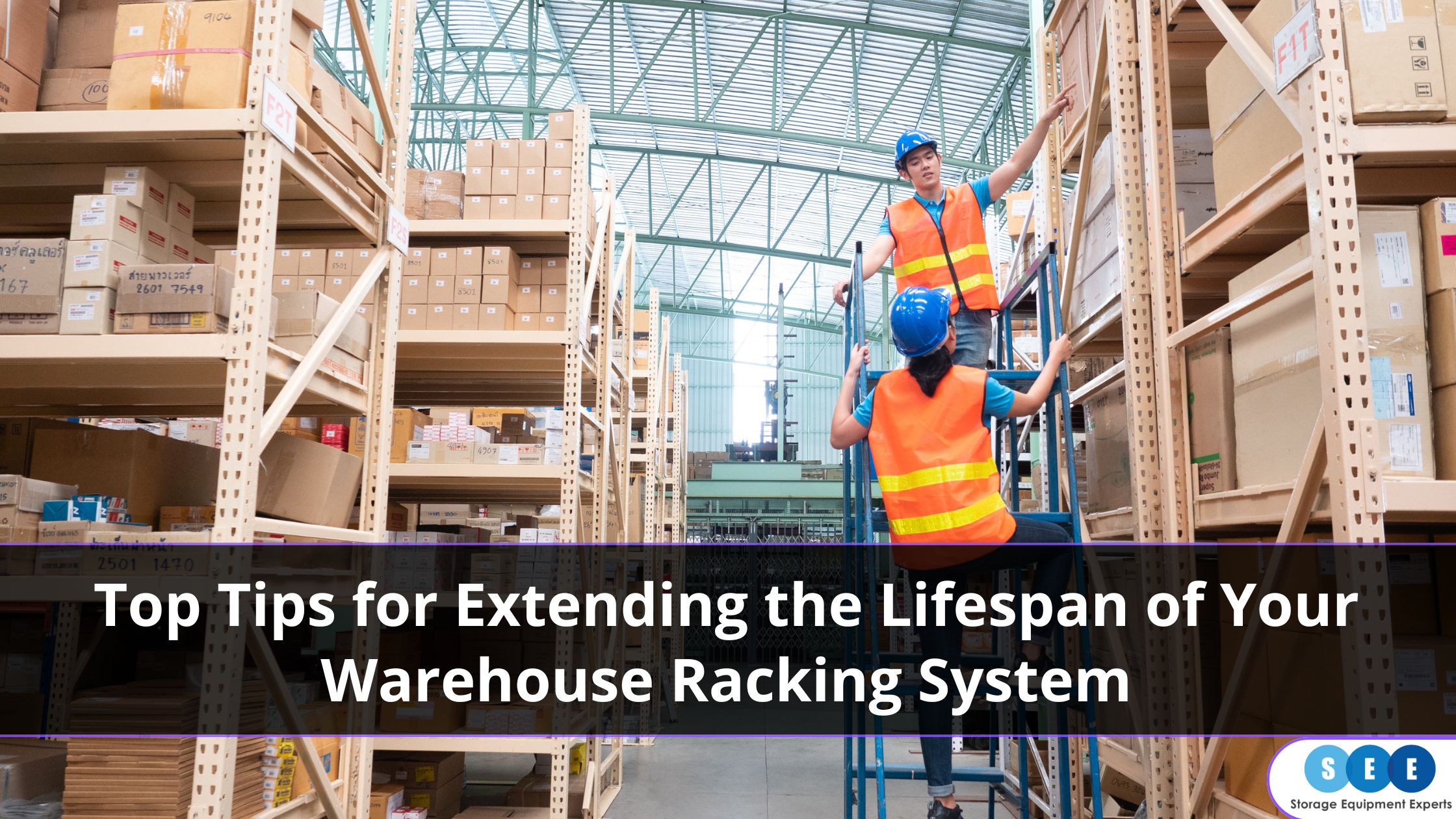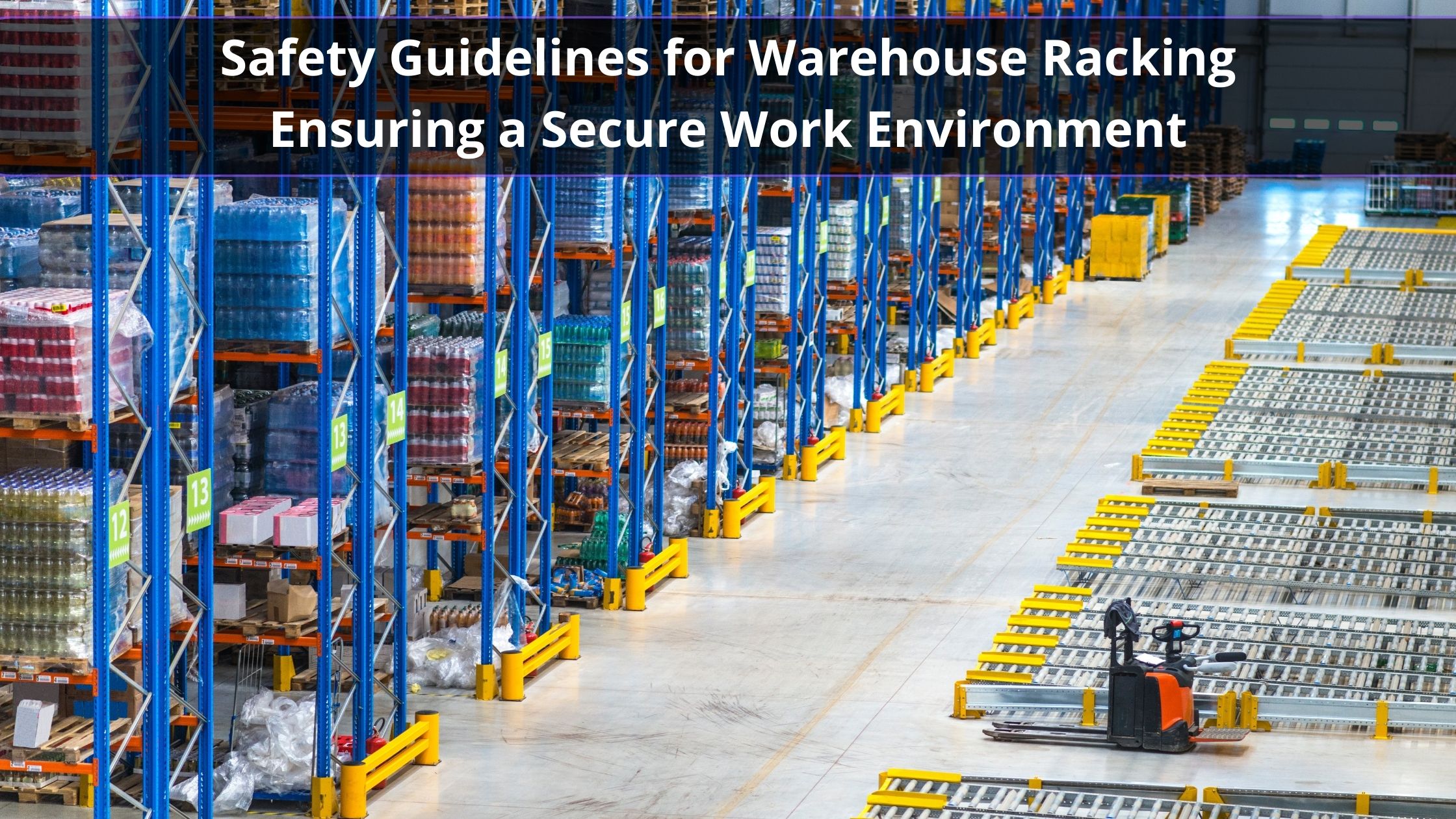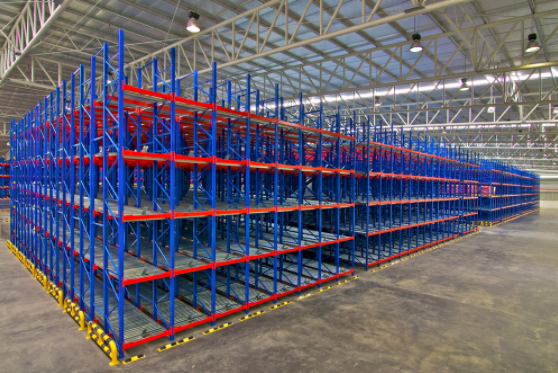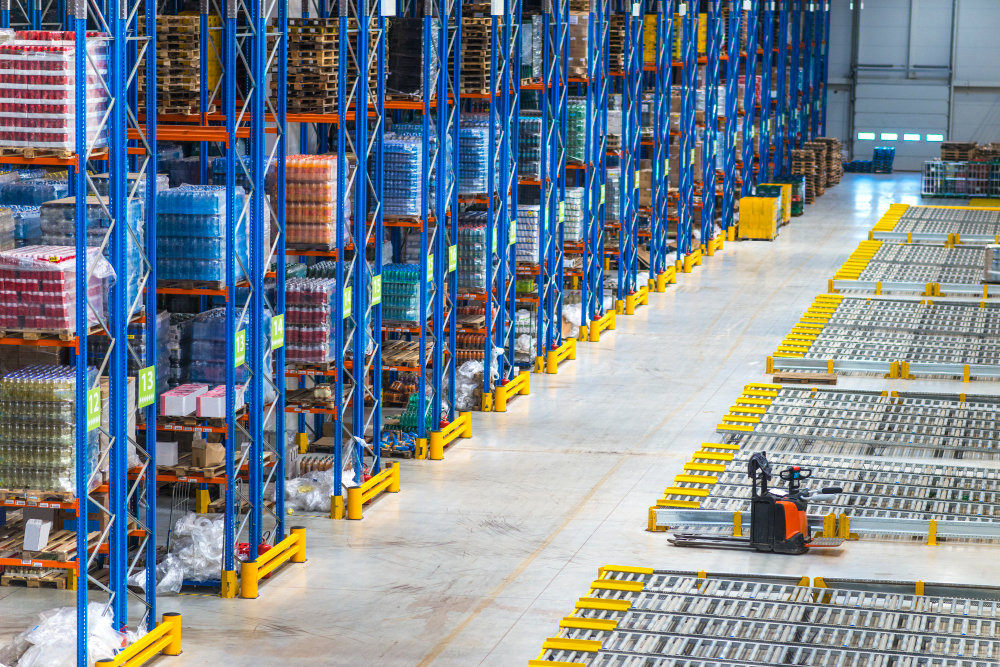Why is Load Capacity Crucial in Warehouse Racking System Design?
In any warehouse or storage facility, the racking system serves as the backbone of operations, often supporting thousands of kilograms of goods while ensuring easy access and efficient space utilisation. However, the performance and safety of racking systems rely heavily on understanding and adhering to load capacity – ignoring load limits can lead to costly damages, inventory loss, and (most importantly) serious safety risks to personnel.
In this article, we’ll explore why load capacity is fundamental to racking system design, what factors influence it, and how adhering to capacity guidelines enhances warehouse health and safety, as well as operational efficiency.
What is Load Capacity in Racking Systems?
Load capacity refers to the maximum weight a racking system can safely hold without risking damage or failure. This figure accounts for the rack’s structural design, materials and the distribution of weight across beams, uprights, and shelves.
Components of Load Capacity
- Static Load – this is the total weight a rack can hold when stationary.
- Dynamic Load – this is the weight the racking can safely manage while goods are being moved or loaded.
- Point Load – this refers to the concentrated weight applied to a specific part of the rack, which can weaken structural integrity.
Understanding these elements will help you select or design racks suited to your specific storage needs, reducing the risk of overloading and extending the lifespan of the racking system.
Why Load Capacity Matters for Warehouse Safety
Safety is the single most significant reason why load capacity must be prioritised in racking system design. Your warehouse environment likely involves heavy machinery, towering racks and constant movement – all of which increase the risk of accidents if safety standards are not upheld.
Key Risks of Ignoring Load Capacity
- Racking Collapse: Overloading a rack can cause beams or uprights to buckle, leading to a catastrophic collapse. Such incidents will almost always damage goods and equipment, but they can also result in severe injuries or fatalities.
- Instability and Tipping: Exceeding load limits or unevenly distributing weight can destabilise racks, making them prone to tipping over, especially in high-traffic warehouses.
- Forklift Accidents: Overloaded racks are more vulnerable to minor collisions with forklifts or pallet jacks, which can cause structural failure and endanger workers.
Factors That Influence Load Capacity
The load capacity of a racking system isn’t determined arbitrarily. It’s influenced by several factors, each of which plays a vital role in ensuring the structure can handle the required weight.
Rack Design
The shape, size and layout of beams, uprights and bracing directly affect how much weight a rack can support. Selective pallet racking, drive-in racks and cantilever racks all have different load capacities based on their structural design.
Material Quality
High-strength steel or reinforced materials increase load-bearing capacity. Lower-quality materials may fail under lighter weights.
Beam Deflection Limits
Beams naturally flex under weight, but excessive deflection weakens their load-bearing ability. Manufacturers specify acceptable limits for deflection, which should never be exceeded.
Weight Distribution
Even weight distribution is key. Concentrating weight in one area can cause localised stress, compromising the rack’s stability.
Floor Conditions
Uneven or unstable floors reduce the overall stability of racking systems, impacting load-bearing capacity. Proper anchoring ensures the system remains safe.
The Consequences of Exceeding Load Limits
The impact of exceeding load limits extends far beyond damaged racking. In addition to operational disruptions, warehouse businesses can face financial losses and legal liabilities.
Common Consequences
- Product Damage: When racks collapse, inventory can be damaged or destroyed, leading to significant financial losses.
- Injury or Fatalities: Overloaded racking poses a direct threat to warehouse employees, creating safety hazards that can result in severe injuries.
- Regulatory Fines: Non-compliance with safety regulations, such as HSE or SEMA standards, can lead to hefty fines and penalties.
- Operational Downtime: A collapsed or damaged racking system halts warehouse operations, affecting productivity and customer satisfaction.
Best Practices to Ensure Safe Load Capacity
Implementing proper practices ensures your racking systems operate safely and efficiently while extending their lifespan. Here are key strategies to follow:
1. Understand Load Ratings
- Always adhere to the load ratings specified by the racking manufacturer. These figures are determined through rigorous testing.
- Ensure weight capacities are clearly labelled on each rack for quick reference by warehouse staff.
2. Conduct Regular Racking Inspections
- Schedule frequent racking inspections to check for damage, wear, or bending caused by overloading.
- Look for any bent beams or uprights, loose connections and uneven weight distribution.
3. Train Employees
- Train warehouse employees to load racks safely and follow weight guidelines.
- Cover areas like proper weight distribution, recognising load limits and the safe use of equipment (e.g., forklifts).
4. Use Reinforcements
- Install column protectors, upright guards or end barriers to reduce the risk of forklift impacts into racking components.
5. Monitor Weight Regularly
- Use scales or load monitors to confirm the weight of pallets before placing them on racks. This helps prevent accidental overloading.
6. Deploy Professionals
- Partner with a professional racking inspector to assess and certify that your racks meet load capacity requirements.
Conclusion
Load capacity isn’t just a design consideration – it’s a matter of safety, efficiency and operational success. Properly understanding and respecting load limits prevents accidents, reduces damage to goods and ensures compliance with safety regulations.
Businesses can create a safer and more productive warehouse environment by conducting regular inspections, training staff and investing in well-designed (and manufactured) racking systems. Ignoring load capacity comes at a high cost, but implementing these strategies ensures your racking system performs reliably for years to come.

